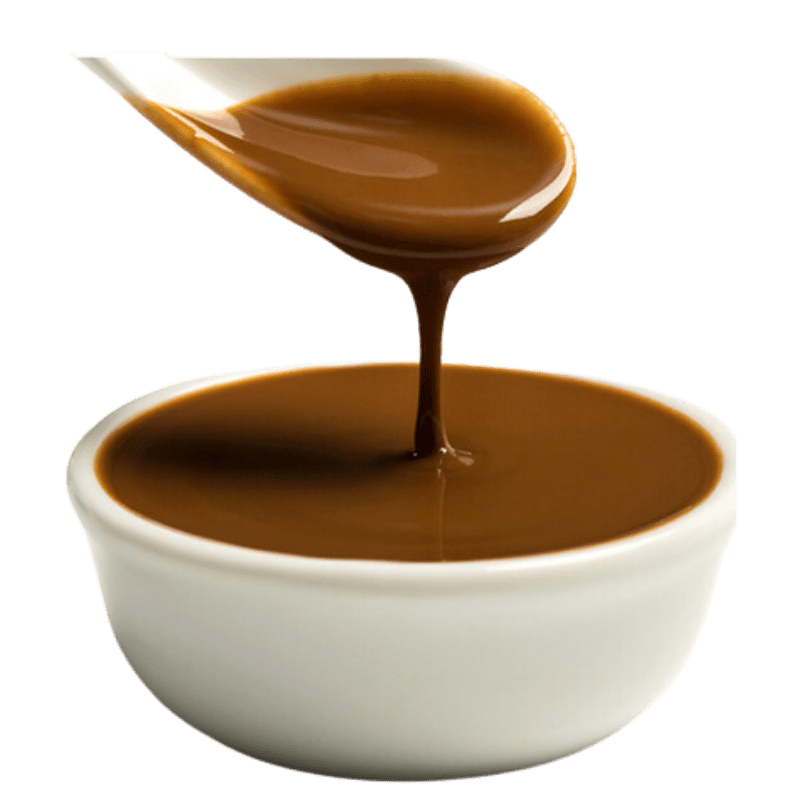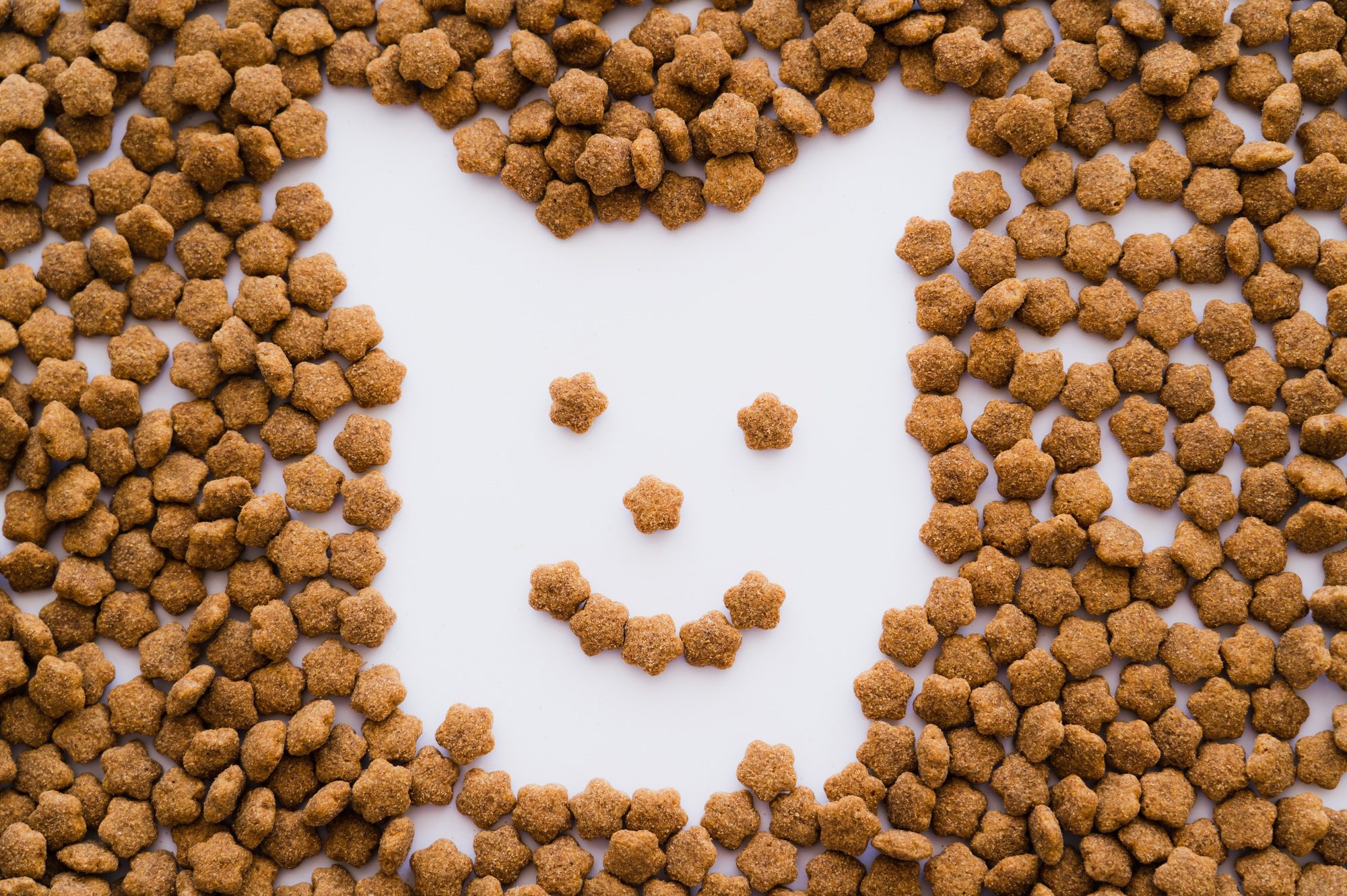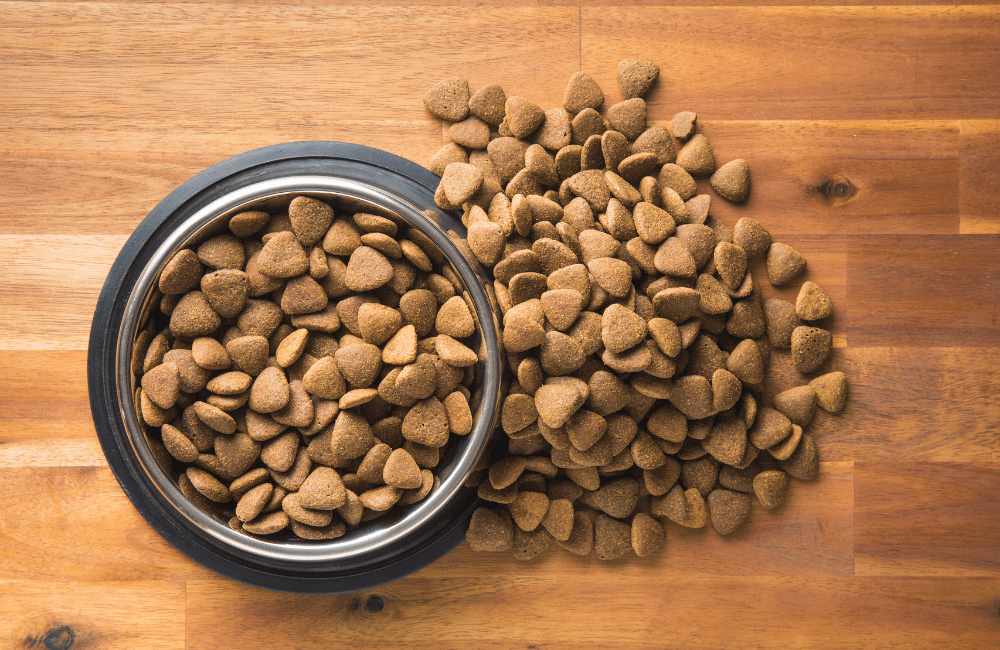Pet Food Raw Material Mixing Process
In pet food production, mixing speed and final uniformity are key indicators of raw material mixing effectiveness. Several factors impact the mixing speed and final uniformity of pet food raw materials.
Keywords: Pet food raw material mixing, mixer type, wear, mixing speed, fill coefficient, material properties, mixing effectiveness, uniformity.
Effect of Mixer Type
Different mixer types may lead to varying mixing outcomes due to differing primary mixing actions. For instance, when comparing horizontal single-shaft double-ribbon mixers to horizontal single-shaft (dual-shaft) paddle mixers, the former achieves uniformity (CV) below 10% after 3.5 minutes, while the latter achieves CV below 5% within 20.90 seconds. Clearly, the latter is more suitable for various feed productions. “V”-shaped and vertical cone planetary mixers are suitable for pre-mixing feeds (CV < 5%, longer mixing time, smaller batches). Residual material left by the mixer’s structural features also determines its applicability; mixers with high residual levels are unsuitable for pre-mixed feed production.
Impact of Main Components’ Wear
The wear of a mixer’s primary components (rotors, blades, or ribbons) can affect working gaps and decrease mixing effectiveness. According to Robert Wilcox’s findings, a horizontal double-ribbon mixer with a ribbon width worn by 38.1 mm (total width of 63.5 mm) requires 8.5 minutes of mixing to achieve a uniformity coefficient of variation (CV) below 10%, and residual levels increase. Similarly, a horizontal single-shaft paddle mixer with a blade width worn by 51 mm requires 8.5 minutes of mixing to reach CV = 10%, with increased residual levels. Therefore, wear-resistant materials should be used in mixer design, with timely replacement after wear.

Effect of Mixer Speed
Low mixer speeds may hinder lateral movement of materials, necessitating extended mixing times for uniformity. Lateral material movement within the mixer is crucial for complete mixing. Generally, the speeds of horizontal double-ribbon mixers and horizontal dual-shaft paddle mixers range from 30-40 revolutions per minute (rpm), while horizontal single-shaft paddle mixers vary based on effective volume, from 0.2 to 11 cubic meters; speeds range from 53-135 rpm and decrease to 17-23 rpm. Adjusting speed can improve mixing results after rotor ribbon and blade wear.
Impact of Fill Coefficient
The fill coefficient, the ratio of loaded material volume (V_material) to mixer volume (V_mixer), affects mixing precision and speed. Suitable fill coefficients for various mixers are shown in the table. Horizontal ribbon mixers achieve good mixing by placing material over the central axis or intermittently observing material on the ribbon’s surface. Optimal mixing occurs when the material surface is level with the rotor’s top, yielding maximum productivity and energy efficiency.
Effect of Feeding Sequence
For horizontal ribbon, paddle, and planetary mixers, add high-ratio components before low-ratio materials to prevent minute components from aggregating in difficult-to-mix corners or bottom areas. Less and minute components prone to dispersion should be placed over 80% of larger components, with the remaining 20% covering them. This ensures uniform dispersion of minute components and minimizes losses. Liquid components can be mixed by adding all powdered components first, mixing for a period, then adding liquid components and thoroughly mixing.
Impact of Material Properties and Dilution Ratio: Material characteristics influencing mixing include relative density, particle size, particle size uniformity, particle surface roughness, moisture content, scatter, and cohesiveness. Smaller, uniform particle size correlates to slower mixing but higher uniformity. Significant volume differences result in longer mixing times, increased separation post-mixing, and lower final uniformity. Material with similar volume-mass is preferred.
Summary
- In summary, consider the following points when using mixers:
- Use components with similar relative density and particle size.
- Determine appropriate mixing times based on material characteristics to ensure adequate mixing.
- Maintain proper fill coefficients and arrange correct loading sequences.
- Monitor rotor clearances and select rotor or paddle rotation speeds to achieve optimal performance.
- Prevent rapid material flow or excessive vibration after mixing, avoiding pneumatic conveying to prevent severe classification.
- Regularly (annually) assess mixing efficiency. Adjust rotor and housing clearances and remove adhered material from rotors and housing for ribbon and paddle mixers.













